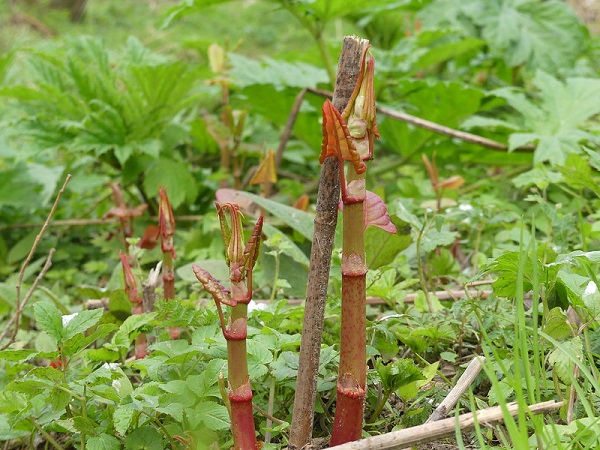
As its name suggests, Japanese knotweed (Fallopia japonica) is native to the Far East. Once upon a time, this plant was to be found only in Japan and neighbouring territories like Korea and China.
Now, as we've previously discussed, Japanese knotweed wasn't - and still isn't - much of a problem in its homeland, simply because the local ecosystem keeps the plant in check.
But at some point, somebody had the bright idea of bringing Japanese knotweed over to Europe, where it was able to run rampant and cause all kinds of problems for us Westerners.
Read More: What Damage Can Japanese Knotweed Do?
This raises the question: just who do we blame for bringing Japanese knotweed to Europe?
More...

Japanese knotweed is one of the most - if not the most - invasive plant in Britain. As its name suggests, Japanese knotweed is native to Japan, where it is known as “itadori”. One interpretation of this name is ‘remove pain’ which alludes to the plant’s painkilling properties and use in various medicines to treat a variety of ailments ranging from cardiovascular diseases, fungal infections and skin inflammations.
Knotweed can also be found in other parts of Asia, such as China, Taiwan, and areas of Korea. In Japan, knotweed grows freely on mountainsides, volcanoes, and open spaces, which is a little different compared to the UK. In Japan, knotweed has natural predators that come in the form of invertebrates, fungi, ash deposits from volcanoes, and an erratic climate. In Britain, however, there are no natural predators to limit the spread of knotweed.
The history of Japanese knotweed is not as simple as you may think. How did it get here in the first place? Why did it spread so vigorously? And why is it such a problem today?
In this blog post, we take a deep dive into the history of Japanese knotweed to find some answers to the many questions surrounding this pesky plant.
More...
